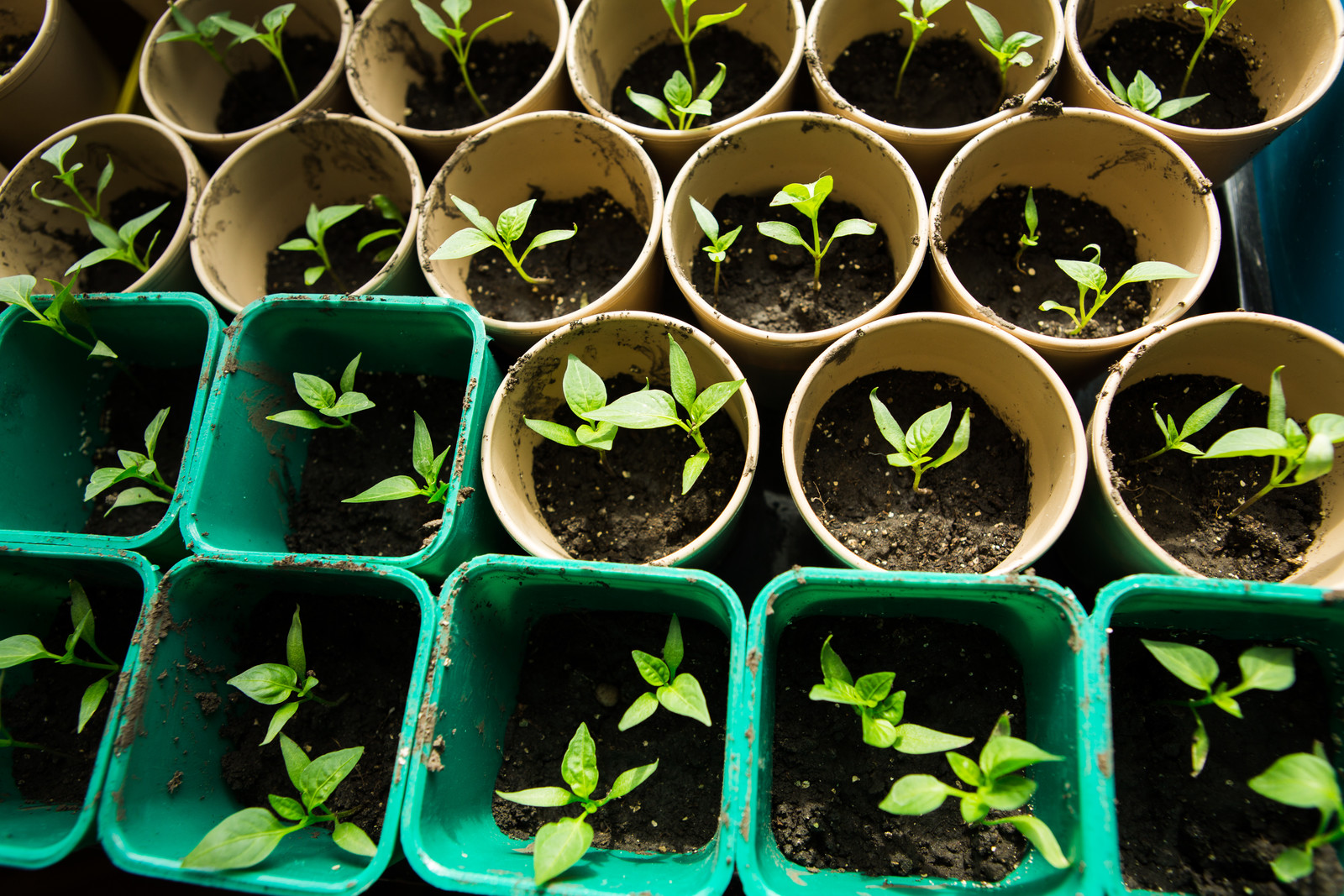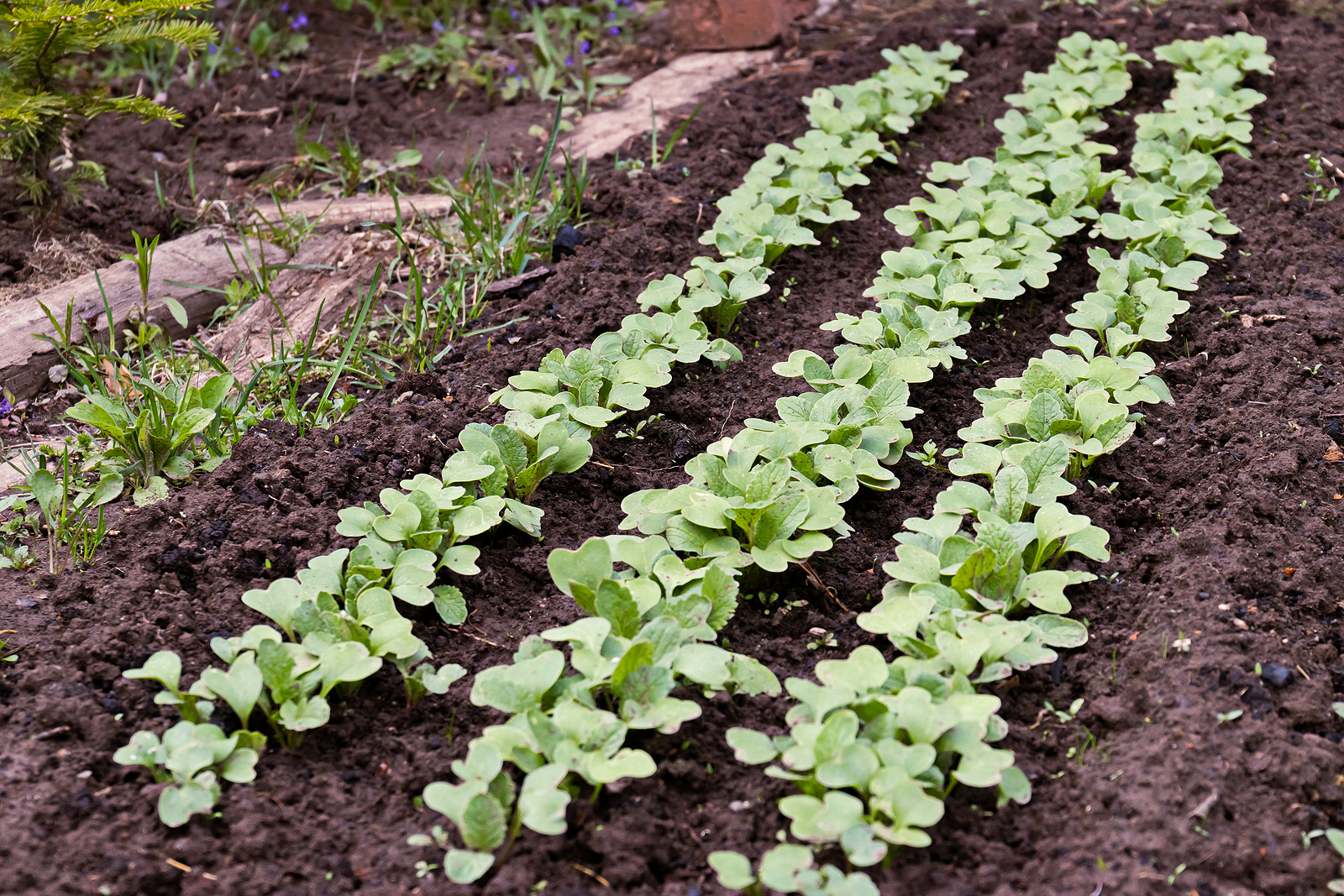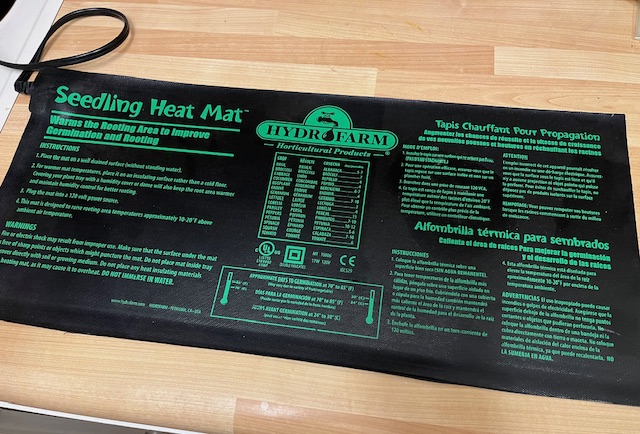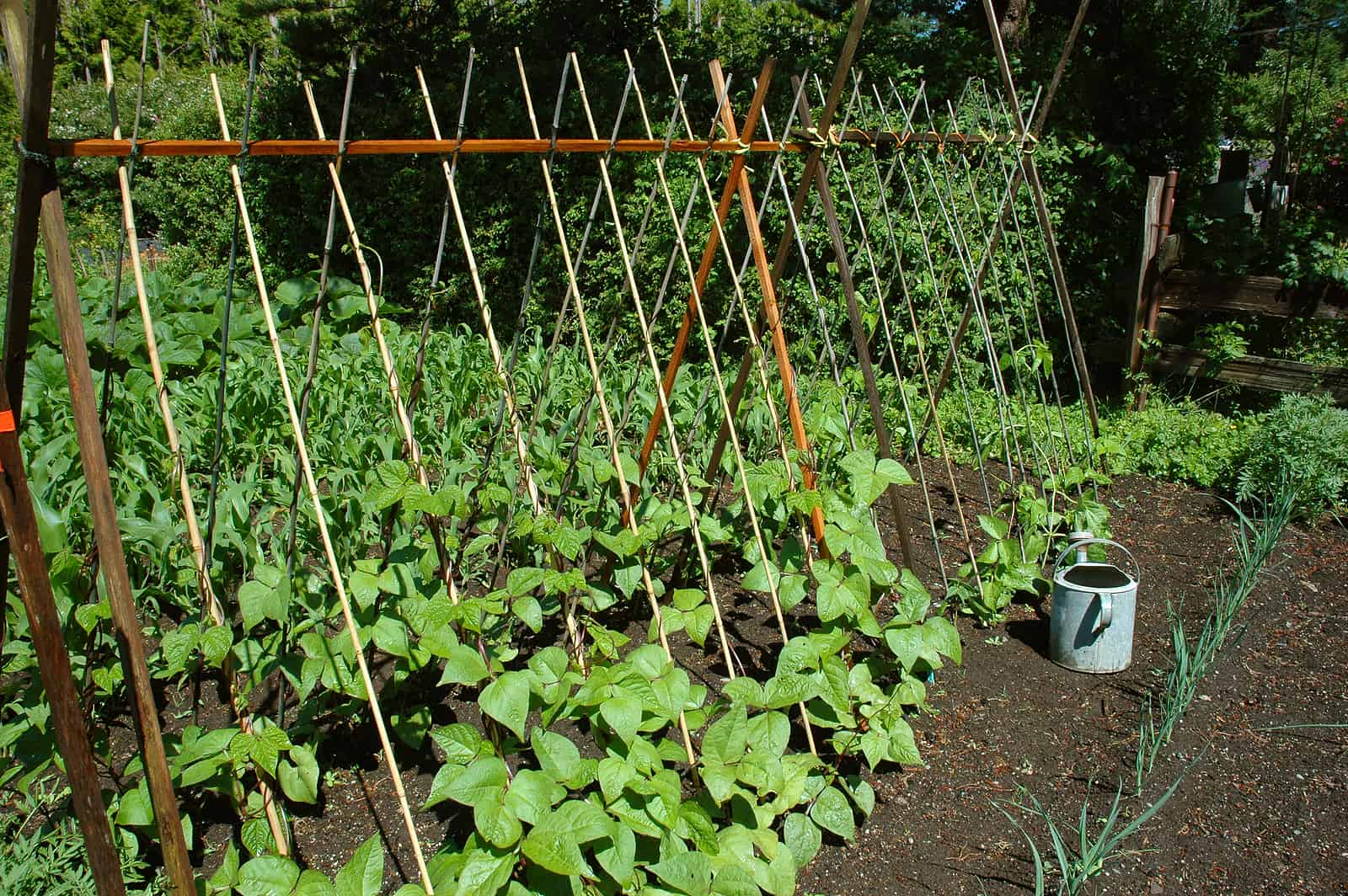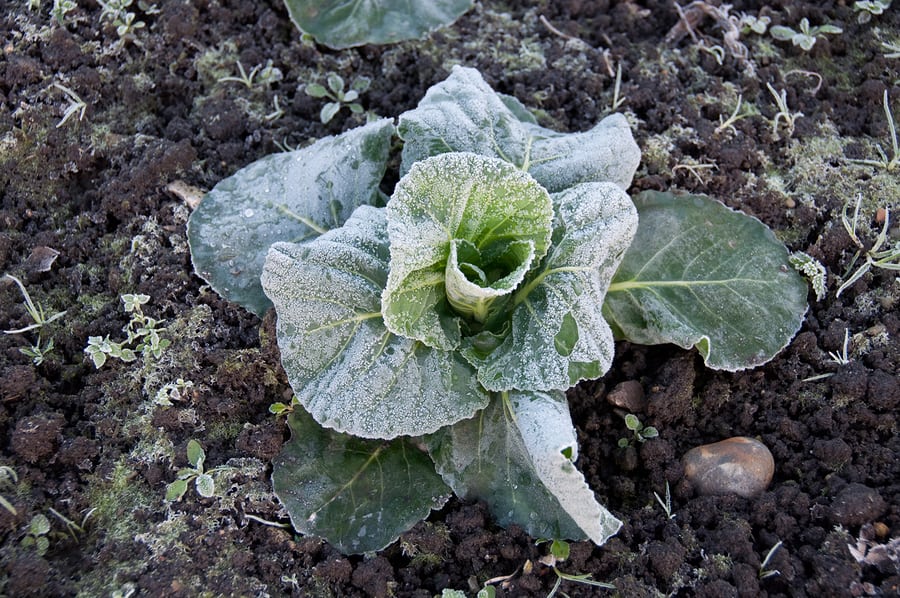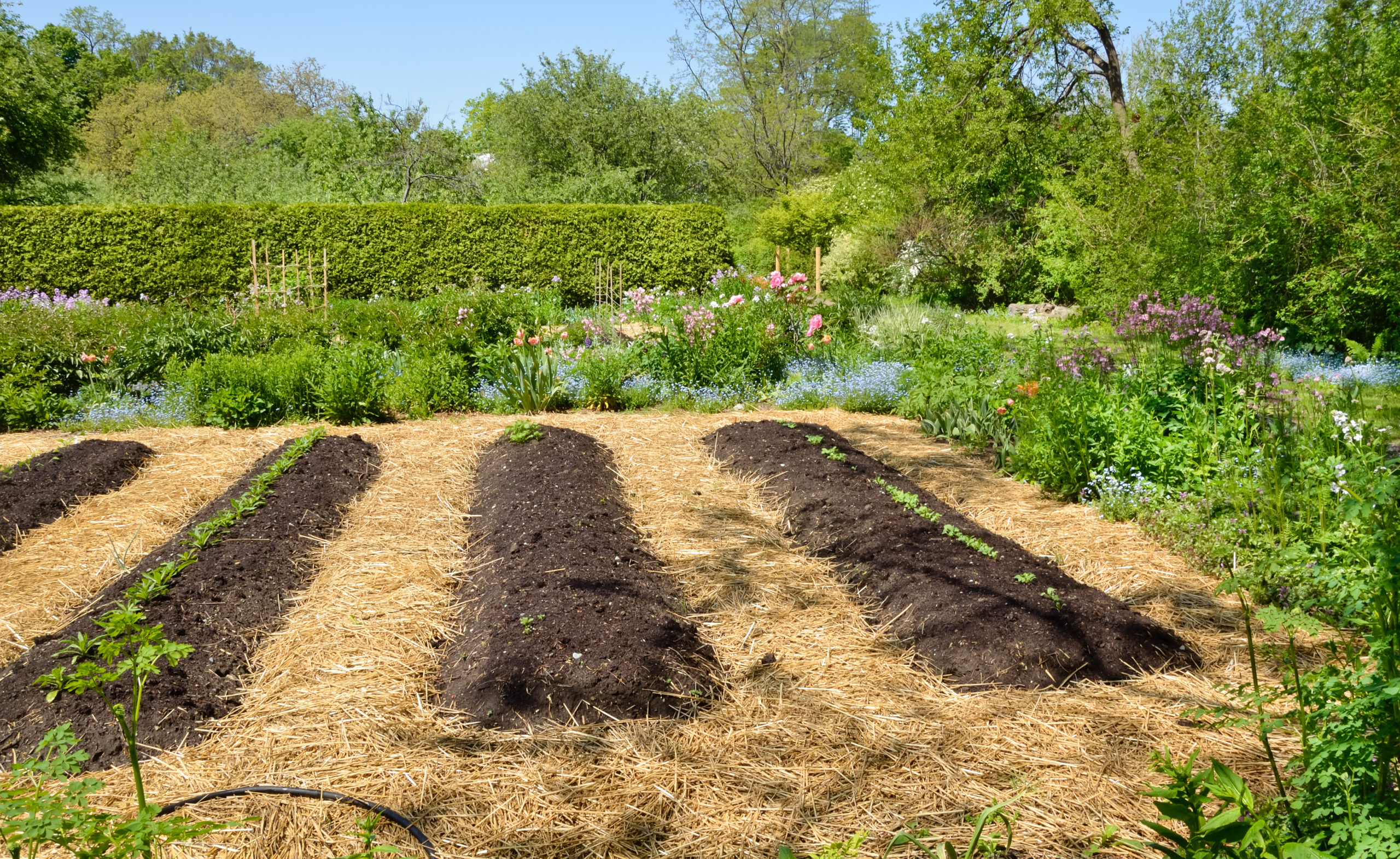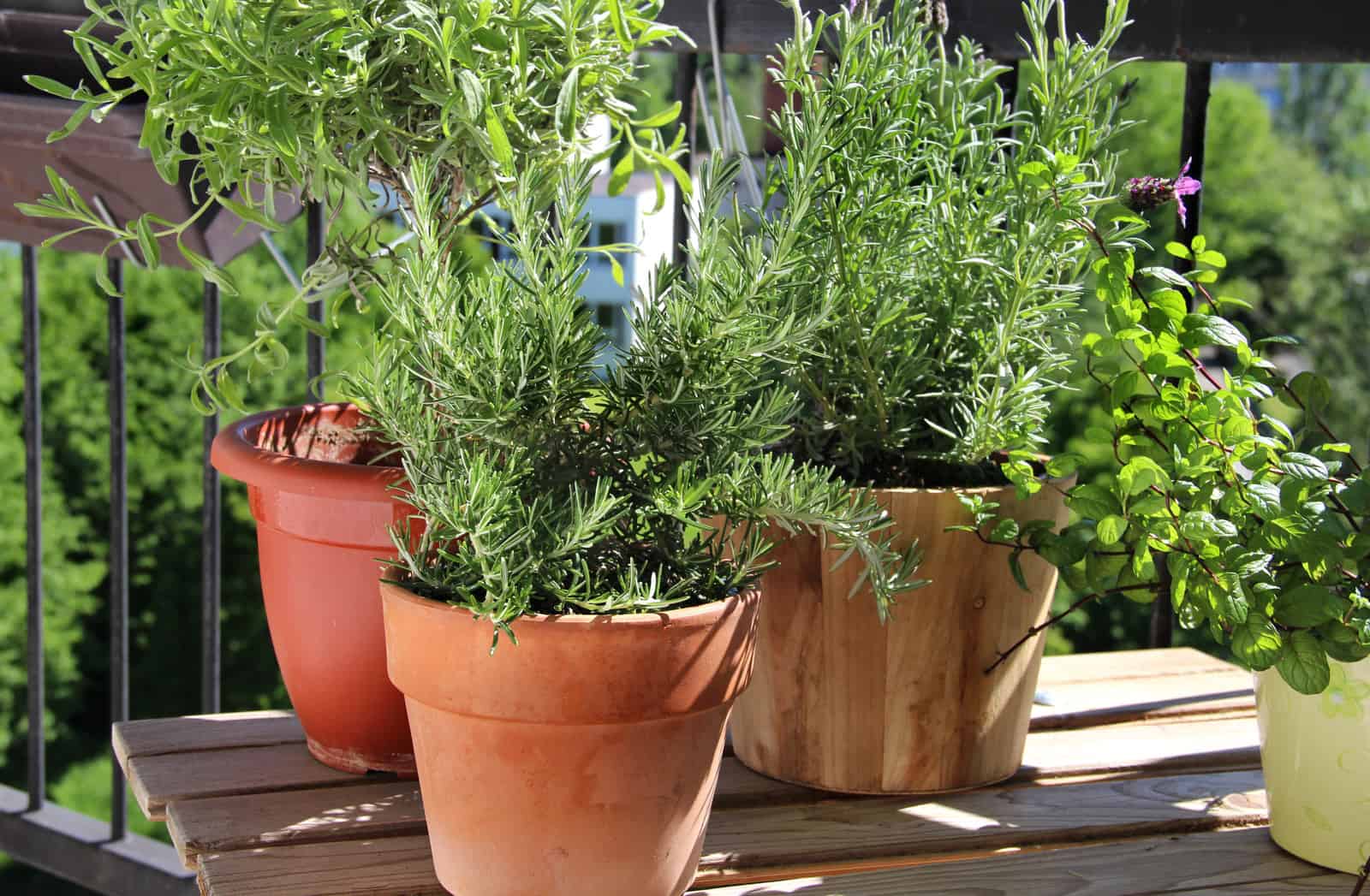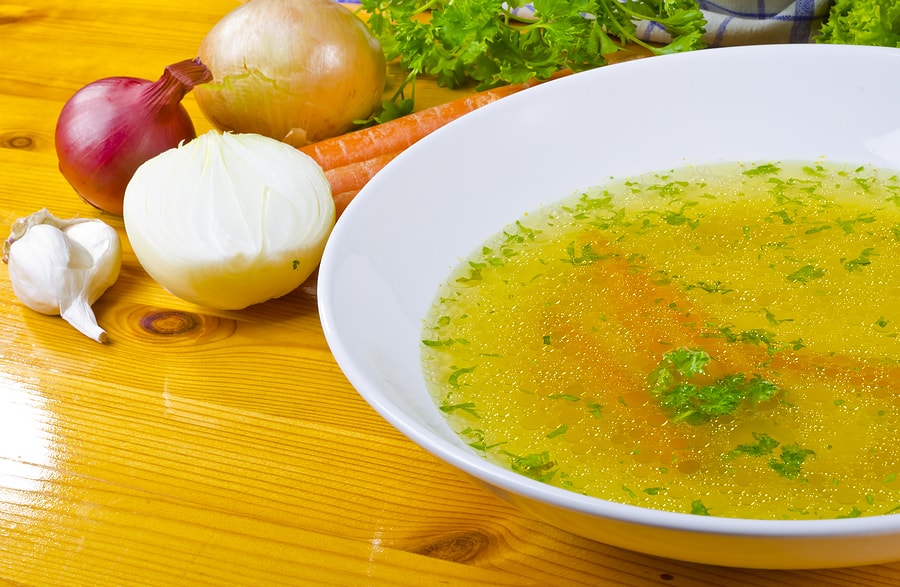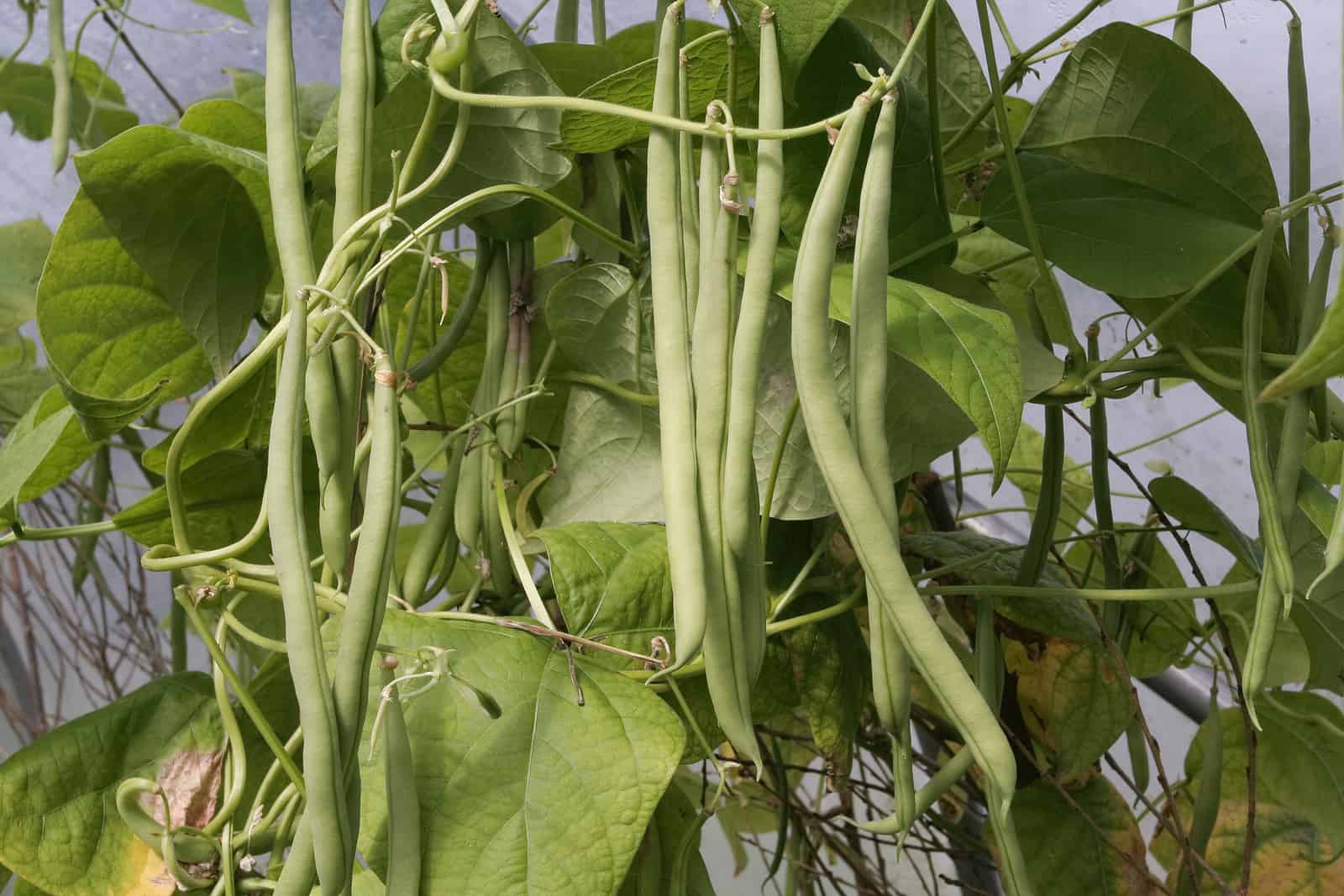Tips
Latest stories
More stories
-
Seedling Heat Mat Buyer’s Guide
Seedling heat mats provide consistent, gentle bottom heat essential to good seed germination. Heat mats are also known as seed heat mats or propagation heat mats. Heat mats are basically two rubber mats with electric heating wires sandwiched between them. Commonly the wires of a seedling heat mat attach to a thermostat that is in […] More
-
in Gardening Tips, Plant, Tips
Small Vegetable Garden Space Savers
Space must be conserved in every possible way in a small vegetable garden. Here are five tips for getting the most out of a small garden: Vertical growing Garden vertically as much as you can. Use the up-and-down space in your garden and conserve your ground space. Use a single square foot of your garden […] More
-
How to Grow a Winter Vegetable Garden
Many vegetables can be grown in winter and harvested in winter or early spring. Some vegetables take most of a year to mature; they are planted in spring and harvested in winter. Other vegetables can be sown in midsummer or early autumn for autumn and winter harvest. Vegetables for winter harvest include leeks, salad leaves, […] More
-
How to Grow a Fall Vegetable Garden
You can grow vegetables for harvest in the fall. Plant a fall and winter harvest vegetable garden in mid-to-late summer. Hardy, cool-weather crops are best suited for the fall vegetable garden. Cool-weather vegetables like to get their start in warm soil and come to maturity when days and nights are cool. Cool-weather vegetables include leafy […] More
-
in Gardening Tips, Herbs, Tips
Grow 20 Herbs for Cooking
No cook should be without these twenty versatile, aromatic, and savory herbs. These herbs offer simple ways to bring flavor and aroma to many delectable dishes. Herbs for cooking are plants whose leaves, seeds, fruits, flowers, or other parts are used fresh or dried for flavoring food. (A spice–broadly speaking–denotes a flavoring derived from the […] More
-
in Prepare, Recipes, Soups and Stews, Tips
How to Make Vegetable Stock With No Recipe
Vegetable stocks draw their flavor entirely from vegetables and water and, sometimes, herbs and spices, and wine. Vegetable stock can be served alone or used to flavor soups, sauces, meats, poultry, fish, and vegetables. Use vegetable stock for light, healthy dishes. Vegetable stock—also called vegetable broth–is a clear, thin flavored liquid—the flavor is determined by […] More
-
Vegetable Garden Calendar and Map
Keep a vegetable garden calendar and map. Use the calendar to record when you start seeds when you plant in the garden, and when you expect to harvest each crop. Use the garden map to record where you plant each crop or plan to plant later in the season. Keeping track of the garden in […] More
-
in Gardening Tips, How to Grow, Legumes, Tips
Bean Varieties: Best Bets and Easy-to-Grow
Need top-choice, sure-bet, best-pick, easy-to-grow bean varieties? Here are 25 top performers for the home garden divided into 5 popular bean types: (1) snap-bush green, (2) snap-pole green, (3) bush yellow, (4) lima, and (5) dried and shell beans. Keep reading to the bottom of this post for my tips for sure-fired bean growing success. […] More

